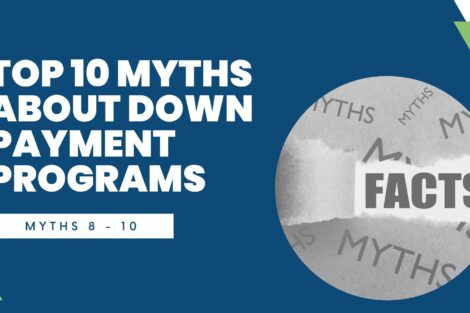
Final 3 Down Payment Program Myths Debunked


When it comes to home loans and down payments, the good news is you have options. But, getting that home financing in order is still a big undertaking. You may have heard it’s best to put down 20 percent. That may be true for you…or maybe not. Like skinny jeans and binge watching, home loans aren’t one size fits all.
Saving for a down payment is a challenge for one out of five homebuyers, according to the latest Zillow report. The report found that it costs more than two thirds of the average annual income to come up with a 20 percent down payment on a home.
And in high cost markets like Los Angeles, it would take 182 percent of the buyers’ average annual income to get the down payment.
To purchase an average priced home of $192,500, 20 percent down would equal $38,500 (plus other expenses like moving and closing costs).
To purchase that same average priced home with just 3.5 percent down, you’d need $6,737.
Whether you want to put down 3.5 or 20 percent, down payment programs may help boost your savings. There are homeownership programs available in markets across the country. You may find grants, forgivable loans, affordable loans or tax credits that can help you save on your down payment and closing costs.
Be sure to evaluate various options and interview lenders to determine what works best for your home purchase.
